The Secret Lives of Numbers
Numerals and Their Peculiarities in Mathematics and Beyond
Alfred S.Posamentier


An imprint of Globe Pequot, the trade division of The Rowman & Littlefield Publishing Group, Inc.
4501 Forbes Blvd., Ste. 200
Lanham, MD 20706
www.rowman.com
Distributed by NATIONAL BOOK NETWORK
Copyright 2022 by Alfred S. Posamentier
All rights reserved. No part of this book may be reproduced in any form or by any electronic or mechanical means, including information storage and retrieval systems, without written permission from the publisher, except by a reviewer who may quote passages in a review.
British Library Cataloguing in Publication Information Available
Library of Congress Cataloging-in-Publication Data
Name: Posamentier, Alfred S., author.
Title: The secret lives of numbers : numerals and their peculiarities in mathematics and beyond / Alfred S. Posamentier.
Description: Lanham, MD : Rowman & Littlefield, [2022] | Summary: The Secret Lives of Numbers takes readers on a journey through integers, considering their numerological assignments as well as their significance beyond mathematics and in the realm of popular cultureProvided by publisher.
Identifiers: LCCN 2021053575 (print) | LCCN 2021053576 (ebook) | ISBN 9781633887602 (paperback) | ISBN 9781633887619 (epub)
Subjects: LCSH: Number concept. | Numerals. | ArithmeticFoundations.
Classification: LCC QA141.15 .P675 2022 (print) | LCC QA141.15 (ebook) | DDC 513dc23/eng/20220104
LC record available at https://lccn.loc.gov/2021053575
LC ebook record available at https://lccn.loc.gov/2021053576
 The paper used in this publication meets the minimum requirements of American National Standard for Information SciencesPermanence of Paper for Printed Library Materials, ANSI/NISO Z39.48-1992
The paper used in this publication meets the minimum requirements of American National Standard for Information SciencesPermanence of Paper for Printed Library Materials, ANSI/NISO Z39.48-1992
Dedication
To Barbara for her support, patients, and inspiration.
To my children and grandchildren, whose future is unbounded: Lisa, David, Daniel, Max, Samuel, Jack, and Charles.
And in memory of my beloved parents, Alice and Ernest, who inspired me from day one!
Introduction
Long before todays technological world, we have been surrounded by numbers. We see numbers on automobile license plates, telephone numbers, addresses, weather reports as well as many commercial analyses. Yet we look at these numbers for their role as descriptors and not as an entity unto themselves. It is high time that we give the numerals and numbers special attention as they very often carry a great deal of hidden wonders. This book will take you on a journey through the numbers, considering their numerological assignments as well as their mathematical significance. For example, it is well-known in many circles that the number 13 carries a certain value of unluckiness with it, the phobia of which is often referred to as triskaidekaphobia. Many famous people have suffered from this phobia such as Napoleon, Mark Twain, and Franklin Delano Roosevelt, who was known to not invite guests to a party when there were 13 people in attendance. There are high-rise buildings that skip the 13th floor, just to mention a few aspects of this unlucky number. There are many explanations as to how the number 13 received this negative honor, which we will discuss in this book. From a mathematical point of view, the number 13 is the smallest prime number that when its digits are reversed is also a prime number. It is also honored with a place among the Fibonacci numbers and integral Pythagorean triples, as well as many other occurrences. This is just one example of a popular number that will be discussed (naturally, in greater detail) in our journey through the many interesting numbers that we will encounter.
The book addresses the numbers in order of size, beginning with single- digit numbers, followed by two-digit numbers, then three-digit numbers and then lots of strange numbers beyond the three-digit numbers. The book is intended for the general readership and will require no mathematics beyond the first two years of high school mathematics. In most cases, the mathematical significance of the numbers will be explained in arithmetic fashion.
All the units are be independent of one another which would allow the reader to search for favorite numbers and be able to discover the hidden significances both numerologically and mathematically. The book concludes with an Special Number Characteristics section that sheds light on general peculiarities of number relationships, some of which have been discussed throughout the book and others will have been pieced together from previous discussions. Above all, the aim of the book is to show the beauty and power that is so well hidden in our numbers with the hope that the reader will be motivated to embark on further investigations.
1
Significant Numbers and What They Mean, Represent, and Exhibit
THE NUMBER ZERO
Had we been writing 2,000 years ago about the number, which today we call zero, we would be at a loss. The concept in calculation, where an empty space was first used, can be found in the second century before the common era (BCE) with the Babylonians. However, the numeral 0 seems to have originated in India in the third century of the common era (CE) in the Bakhshali manuscript and was written in Sanskrit on birchbark leaves. It was called sunya, which meant blank or empty. When the numerical symbols that we use today traveled to the Arab world the zero was referred to as sifir, which then eventually morphed into cipher and zero.
The zeros big entrance into the Western world came largely from a book, Liber Abaci, published in 1202 by Leonardo of Pisa (c. 1170c. 1240), who is better known as Fibonacci, where in the first sentence of the book he states: The nine Indian figures are: 9, 8, 7, 6, 5, 4, 3, 2, 1. With these nine figures, and the sign zero which the Arabs called zephyr any number whatsoever is written, as is demonstrated. Fibonacci spent several years at the Pisan trading colony in Bugia, Algeria, where his father was the chief magistrate. This gave Fibonacci the opportunity to work with Arab mathematicians, where he first encountered these numerals. It is believed that this was the first appearance of these now-referred-to-as Hindu-Arabic numerals in Western Europe. This is where the zero made its great debut in our number system.
The zero plays a very important role in mathematics, not merely as a placeholder such as in the number 503, where it tells us there are no tens in this number, but also in arithmetic. For example, 0 enables us to represent the number 1 in a variety of ways: 30=1,180=1,5,2800=1. In other words, any real number to the zero power is equal to 1including 00=1. More about this later. Multiplying any number by zero results in a zero. However, division by zero encounters a significant problem. When we check a division problem, we multiply the quotient by the divisor. If the result of this multiplication is the dividend, then we know that the division was done correctly. For example, if the divisor is zero as in this situation: 180=x, a problem arises. In checking this division, we would multiply the divisor 0 by the quotient

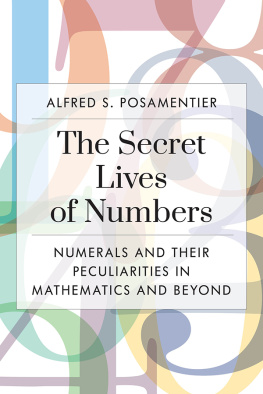


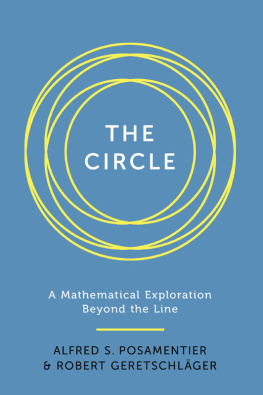
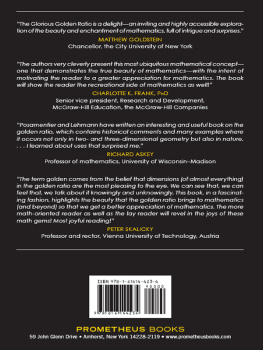
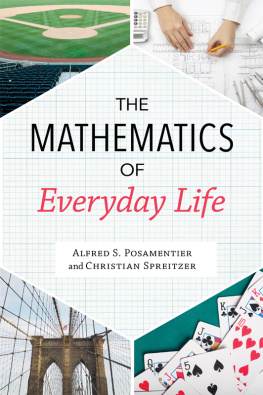
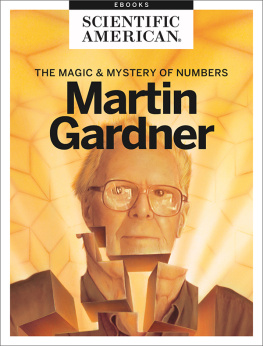


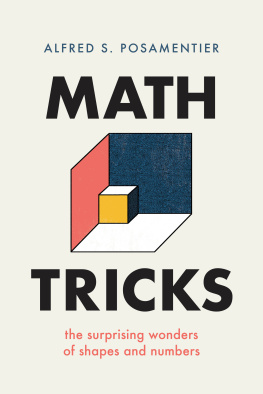
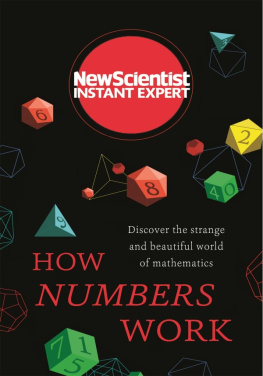
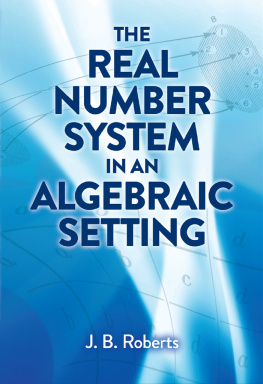
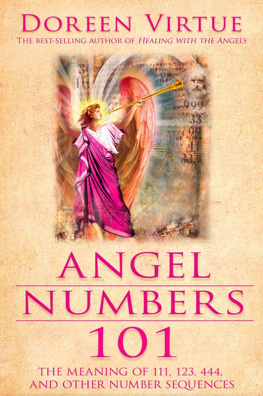
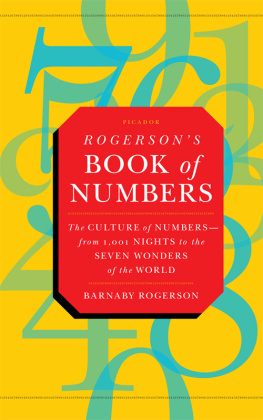
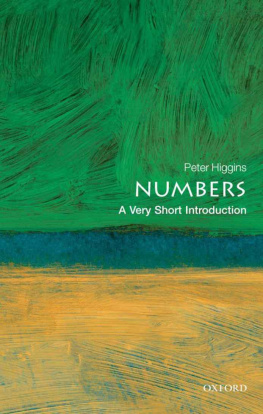



 The paper used in this publication meets the minimum requirements of American National Standard for Information SciencesPermanence of Paper for Printed Library Materials, ANSI/NISO Z39.48-1992
The paper used in this publication meets the minimum requirements of American National Standard for Information SciencesPermanence of Paper for Printed Library Materials, ANSI/NISO Z39.48-1992